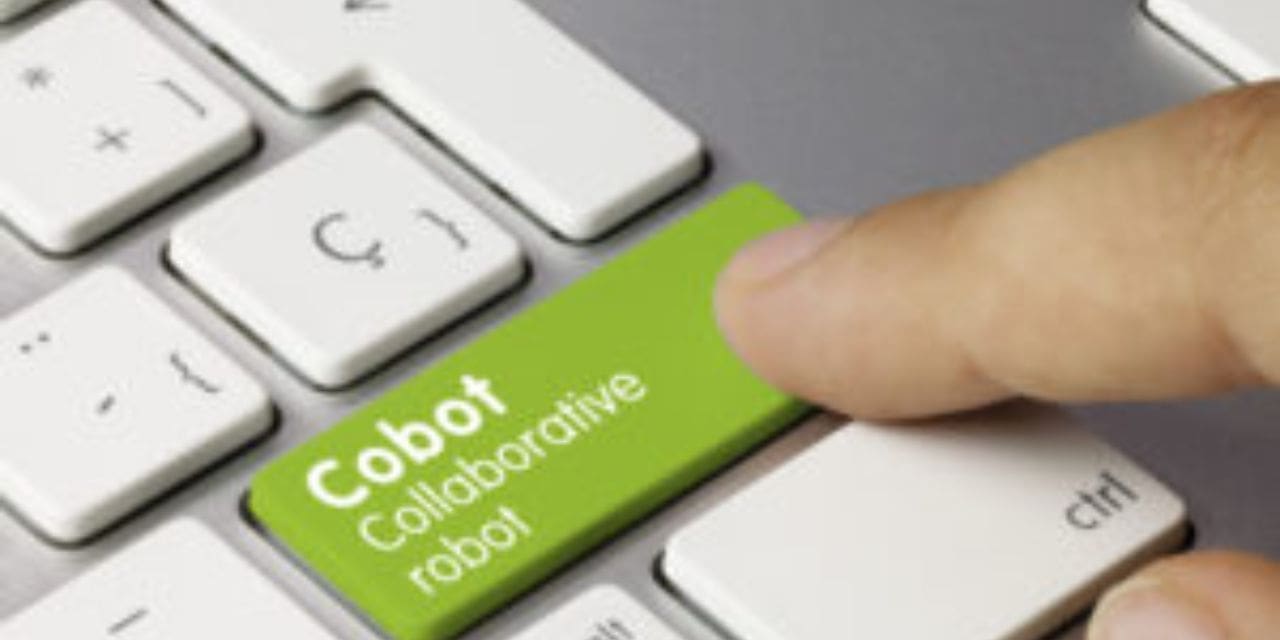Manufacturers are eyeing 7-axis cobots, which are collaborative robots designed to interact directly with humans in a shared space, to help automate the textile industry. All industries are undergoing some form of digital transformation to create disruption proof operations. Kassow Robots will deploy its KR1018 7-axis cobot—a collaborative robot designed to interact directly with humans in a shared space— to help automate the textile industry. It’s designed specifically for smaller footprints and should bring greater productivity in a variety of factory tasks that haven’t been open to traditional robotics quite yet. The seventh-axis choice enables continuous dispensing, welding, and material-removal applications thanks to increased mobility and access angles. The arm can actually reach around corners, providing greater flexibility for installation location and ensuring that the robot can be used in smaller operations where space is more confined. In addition, it features an easy to use interface so that operations can begin without the aid of specialized robot engineers. It’s a plug-and-play concept intended for all company sizes. A long reach with up to 1800 mm of reach and payloads up to 18 kg and simple programming techniques help remove the obstacles to traditional robotics installations 60 robots / cobots delivered in stages to the USA The delivery will happen in stages, supplying the cobots to the factories of a particular textile client in the United States. The team acknowledges the potential for more and believes that demonstrations in real working environments will be the proof of concept needed to slowly expand delivery. The use case is as follows: The cobot will mount on an AGV equipped with a magazine and a control system. The factory will use it to restock cabling machines. As a result, the company will be able to ensure seamless bobbin changes and improve its material tracking. There’s no need to reorient the arm, and the addition will help humans within the factory continue their tasks without unnecessary interruptions or troubleshooting.
News & Insights | Textile Technology
Robots to Boost Digital Transformation In Textiles

Published: October 27, 2022
Author: DIGITAL MEDIA EXECUTIVE
Related Posts
